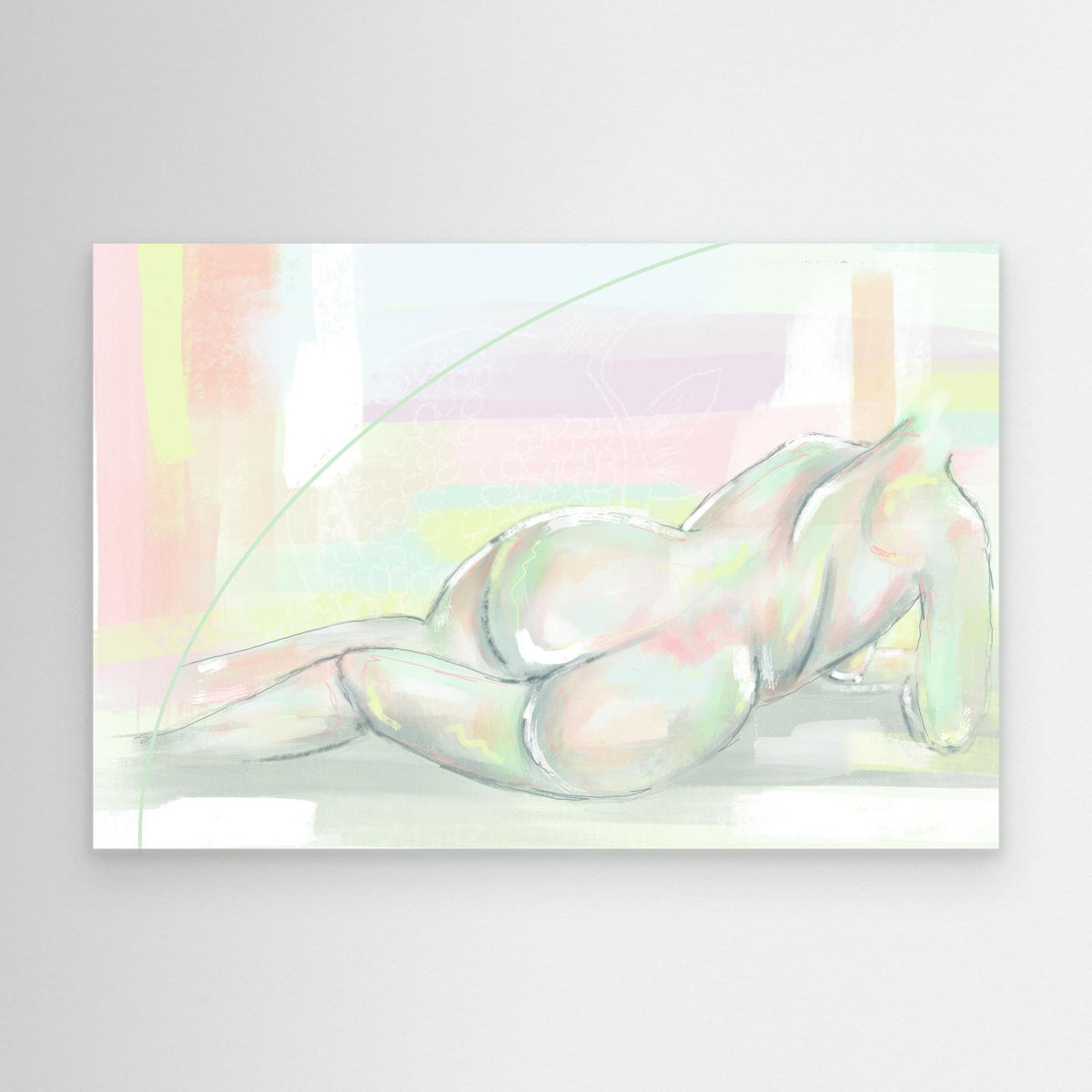The way you display your artwork can significantly impact its impact and resonance. Whether you're an artist looking to exhibit your creations or an art enthusiast aiming to create a captivating gallery at home, understanding the art of display is crucial. In this blog post, we'll delve into the strategies and techniques that can help you exhibit artwork like a professional.
Displaying Artwork with Professional Flair
**1. Selecting the Right Frames and Mats**: The choice of frames and mats can significantly enhance the visual impact of your artwork. Opt for frames that complement your art style and interior decor, and use mats to create space and focus on the artwork.
**2. Proper Wall Placement**: Determine the ideal location for displaying your artwork. Consider factors like lighting, visibility, and the room's traffic flow. Position art at eye level to ensure it's easily seen and appreciated.
**3. Curating the Space**: Whether it's for a gallery or a home display, curate the space to tell a story. Group artwork thematically or by style to create a cohesive visual experience that engages viewers.
**4. Effective Lighting**: Proper lighting is a game-changer. Use focused, adjustable lighting to highlight your artwork, minimizing glare and shadows. LED track lights or picture lights can be excellent choices.
**5. Consistent Spacing**: Maintain uniform spacing between your artworks to create a balanced and harmonious display. Use a level and measuring tools to ensure precision.
**6. Wall Anchors and Hanging Hardware**: For heavier pieces, invest in proper wall anchors and sturdy hanging hardware. This not only ensures safety but also avoids unnecessary damage to your walls.
**7. Art Gallery Labels**: Consider labeling your art pieces with titles, artist names, and descriptions. This provides context for viewers and adds a professional touch to your display.
**8. Rotating Art**: If you have a substantial art collection, periodically rotate your pieces to keep the display fresh and exciting. This can also prevent damage from prolonged exposure to light.
**9. Consider the Viewing Height**: Ensure that artwork is viewable from a comfortable height, both for standing and seated viewers. This accommodates a broader audience and ensures everyone can appreciate your art.
**10. Get Feedback**: Don't hesitate to seek feedback from peers, art professionals, or even online communities. Constructive criticism can help refine your display strategies.
Displaying artwork is an art in itself, and when done with care and professionalism, it can significantly enhance the impact of your creations. Whether you're curating a gallery exhibition or creating a home art display, the right techniques and strategies can transform how your art is perceived. Incorporating these display techniques not only elevates the aesthetic appeal but also ensures your artwork gets the attention and recognition it deserves.





0 comments